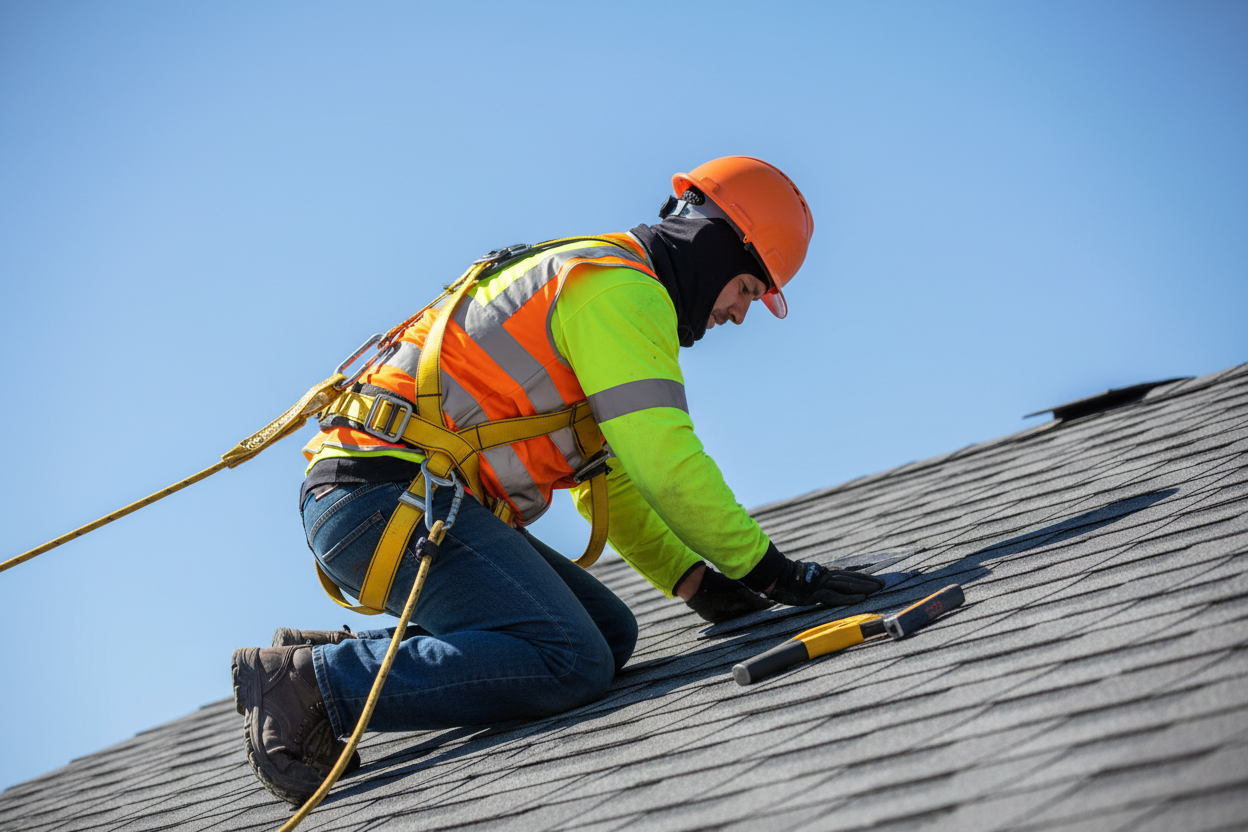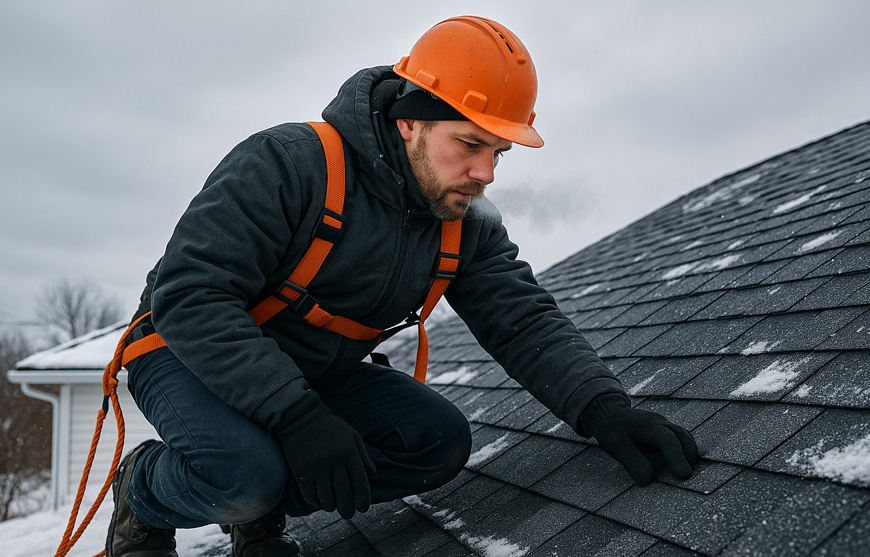Field service operations are plagued by skyrocketing demands of tech-savvy customers. Ensuring customer satisfaction and happiness is nearly impossible when field service businesses have little to no visibility of their field service operations. As a result, businesses are focusing on ways to reduce chaos and enhance their geofencing capabilities in field operations.
Did you know? The recent fleet technology trends report shows that nearly 32% of businesses that use geolocation services, especially geofencing reported a positive ROI in less than a year from implementation.While this report conveys the benefits of implementing geolocation services, these statistics clearly show how most field services businesses are still a bit hesitant to embrace geolocation services in their day-to-day operations. What they fail to realize is that manual field service management systems drain time and money.
The process of creating and distributing paper-based route maps, maintaining service schedules on a spreadsheet, accommodating rescheduling requests, and sharing updated route and territory plans with the field workforce is tedious. In addition to eating away the valuable time of dispatchers and administrators it also dwindles employee morale.For, your field technicians have no clue about their day-to-day schedule, while your dispatchers are left to base their decisions based on gut work and instincts rather than data.
All the while, customers have no idea of the status of their field service request.Here are 5 ways in which embracing the power of geolocation services can empower field service businesses to overcome common operational challenges, facilitate fast dispatching, reduce operational chaos, and keep stakeholders happy.
What is Geofencing in Field Service?
Geolocation in field service is the process of creating a virtual perimeter around a specific work order’s location to help field technicians navigate quicker to the service location. These geofencing capabilities help the dispatching team in creating killer territory plans and accommodate out-of-the-blue schedule changes with the click of a button.What’s more, geofencing capabilities when used in field service can be configured in such a way when technician’s cross a virtual geofence, it can be programmed to trigger an array of workflow actions from creating a timesheet entry for the field service agent to notifying the customer about the technician’s arrival.
Automated Geofencing = Optimized Field Service. Start Free Trial!
Difference Between Traditional Field Service Management vs. Geolocation-Enabled Field Service Software
The Traditional WayWith Geolocation ServicesBooking Experience Customers either call or send an email to the field service business to schedule an appointment, the back-office administrators make a note of the customer’s requirement and ask customers a series of questions to narrow down their location and service address. Customers can choose to book an appointment right from the business’ website or call or drop an email. Back-office administrators can help their customers pick their exact location from the inbuilt map-like interface.
Scheduling and Dispatching Back-office executives skim through spreadsheets filled with team timesheets and availability before they confirm a booking and pass it onto the dispatching team. The dispatching team pours over overflowing spreadsheets filled with technician schedules for hours on a stretch to find and assign the right person for the job. When the team’s availability calendar and timesheets are in sync with the booking interface, customers get to select a slot from available appointments in an instant. With real-time location insights, dispatchers can find the right person in a matter of minutes.
Notifications and Updates In a manual field service environment, neither customers nor internal stakeholders receive any updates or notifications about the field technician’s commute or the service request’s status. Customers reach out to the back-office team and administrators manually reach out to the technicians who are on the road when their customers are waiting on the other side. Customers can track the status of their service request from their self-service app interface. What’s more, while customers receive timely notifications about their technician’s arrival, the back-office team has real-time visibility of the technician’s commute and the status of service requests.
Service Level Agreements and Deadlines When confidential field service information is scattered across multiple interfaces, it is hard to find a single source of truth and it is downright impossible to get clear insights into your field operations let alone give accurate SLAs. Promises that are made on gut instincts tend to go either way. When they go down south towards missed SLAs, it unleashes an array of trouble ranging from customer dissatisfaction to fight between internal teams. Geolocation services like geofencing and geolocation take the ambiguity out of the picture. With accurate information like customer service address, real-time location of the technician, and traffic information, businesses can generate realistic SLAs and deliver a lightning-fast field service experience to their customers.
Need for Geolocation Services in Field Service
Usually, technicians are only equipped with their paper-based route maps and work orders. These traditional field service tools are not only inefficient in today’s world but also make the task at hand more labour and time-intensive. A dedicated geofencing-enabled field service scheduling tool can solve this problem once and for all. An ideal geofencing software will run in the background of your field technician’s app and keep the customers and back-office team informed of changes in the field technician’s location while comparing it constantly with the pre-defined geofence of their next service location to look for and spot any opportunities for SLA breaches. If any such instances are found, administrators will have all the information they need to take prompt action and prevent a possible fiasco.
5 Real Reasons Why Your Field Service Operations Need Geofencing
While field operations of smaller field workforce teams that operate within a small territory can be easily handled by manual processes, as your business and customer-base start to grow, failing to embrace geofencing in your field service operations can have a detrimental effect on your organization’s bottom line.Here are five real reasons why every field service business needs a geofencing field service management system:
Empowered Technicians
Eliminate the need for your technicians to call in and report their work order status. Empower them to update the status of a work order only when they are within the perimeter of a specific geofence.
Seamless Territory Mapping
Reduce recurring rescheduling nightmares with an optimal, automated territory plan which is powerful enough to adapt seamless to out-of-the-blue scheduling changes and ad hoc customer requests.
Hassle-Free Dispatching
Stop administrators and dispatchers from manually chasing down technicians every day. Give them the real-time visibility of your technician’s location without breaching their privacy and set automated triggers to predict and notify any unexpected changes in technician location or route.
Actionable Insights
Use real-time, actionable insights to identify process gaps, unlock opportunities, and ensure customer happiness. Analyze available data to predict accurate arrival times and keep your SLA promises intact.
Happy Customers
Eliminate the chance for your customers to ask, “where’s my technician?” Keep your customers up-to-date about their work order status with automated alerts and give them the power to track their technician and accept or respond to quotations and invoices right from their mobile device.
>See How Effortless Geofencing Can be With the Right Tool. Try Zuper Today!
Zuper’s Geolocation Services for Hassle-Free Field Operations

Usually, technicians are only equipped with their paper-based route maps and work orders. These traditional field service tools are not only inefficient in today’s world but also make the task at hand more labour and time-intensive. A dedicated geofencing-enabled field service scheduling tool can solve this problem once and for all.
An ideal geofencing software will run in the background of your field technician’s app and keep the customers and back-office team informed of changes in the field technician’s location while comparing it constantly with the pre-defined geofence of their next service location to look for and spot any opportunities for SLA breaches. If any such instances are found, administrators will have all the information they need to take prompt action and prevent a possible fiasco.[vc_column_text]
Summary
Today’s field service market is pretty competitive; to survive against the tough competition, field service businesses need to provide their customers with an uber-like experience. It can help you deliver exceptional customer experiences, improve operational efficiency, and empower technicians effortlessly.So, what are you waiting for? Power up your field service operations with Zuper. Sign up for a free trial and see how efficient field service operations can be with geofencing.


